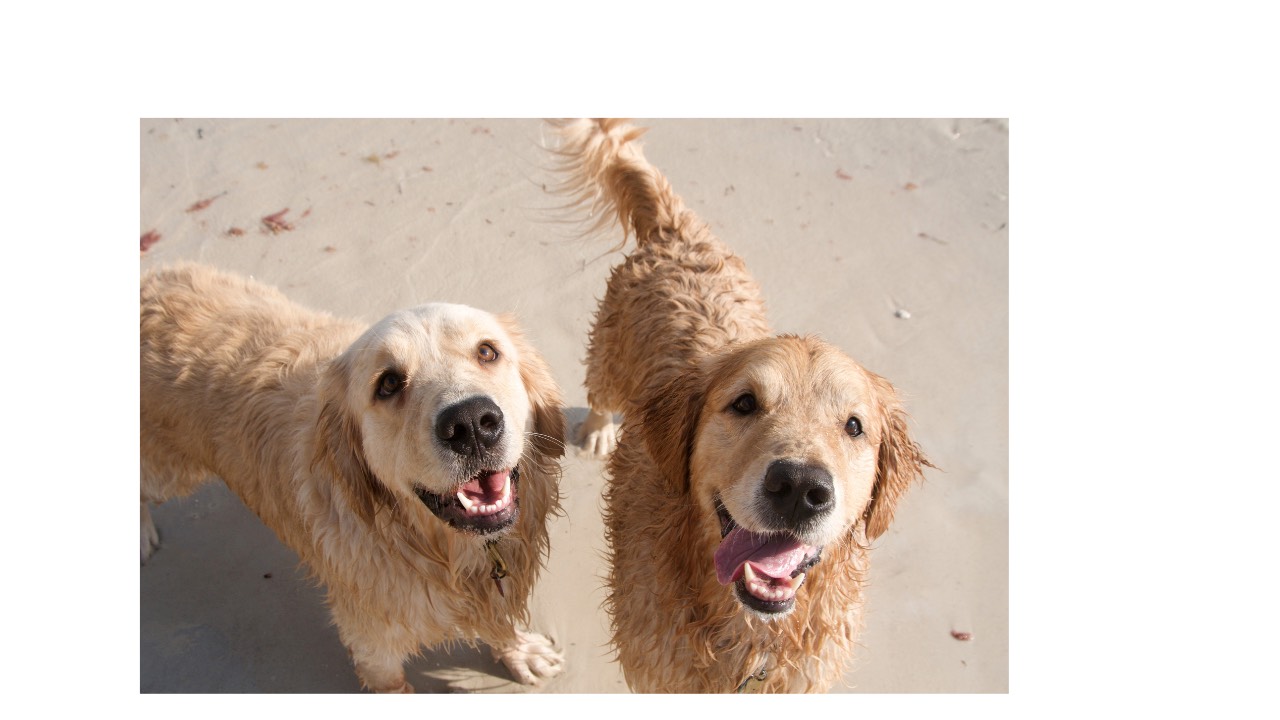Positive Reinforcement vs. Balanced Training: Which Method is Best for Training Your Dog
Jan 26, 2024When it comes to training dogs, how you train is just as important as what you teach. At Good Dog Academy, we believe that every dog, and every trainer, deserves a compassionate, science-backed approach to learning. That’s why Good Dog Academy's Professional Pet Dog Trainer (PPDT) Certificate Program is grounded in positive reinforcement and force-free, evidence-based techniques that help dogs and their guardians thrive.
Let’s take a closer look at the two most commonly debated training philosophies, positive reinforcement and balanced training, and why positive reinforcement is the method of choice for modern professional dog trainers.
Understanding Positive Reinforcement
Positive reinforcement is a humane, science-based training method that focuses on rewarding desired behaviours and preventing unwanted behaviours through smart management and structured teaching.
What It Looks Like:
-
Reinforcing behaviours we want to see more of, like sitting calmly, walking on a loose leash, or coming when called.
-
Using rewards—such as treats, praise, toys, or play—to motivate and communicate clearly.
-
Reducing undesired behaviours by removing rewards (such as attention or access) instead of adding punishment.
Benefits of Positive Reinforcement:
-
Builds a trusting relationship between dog and guardian.
-
Encourages confidence, resilience, and curiosity.
-
Proven to be highly effective for reducing behaviours like fear, aggression, and reactivity.
-
Creates lifelong learning habits and better retention of skills.
This is the foundation we teach in our PPDT Program at Good Dog Academy, giving trainers the knowledge and skills they need to guide both dogs and guardians using a compassionate, ethical approach.
What is Balanced Training?
Balanced training combines rewards with corrections, often using tools like choke chains, prong collars, or shock collars. It incorporates positive punishment (adding something unpleasant to reduce a behaviour) alongside reinforcement.
Common Tools and Tactics:
-
Leash pops or physical corrections for pulling or jumping.
-
Use of aversive equipment such as pinch collars or e-collars.
-
Relying on the dog “making mistakes” in order to correct them.
Concerns with Balanced Training:
-
Requires precise timing and consistency to avoid creating confusion or fear.
-
Can easily lead to increased anxiety, aggression, or avoidance if misapplied.
-
Often based on outdated, dominance-based models that are not supported by modern behavioural science.
-
Risks damaging the trust and emotional well-being of the dog.
Balanced training may suppress behaviours—but it doesn’t teach dogs what to do instead, and it comes with significant ethical and emotional risks.
Why Positive Reinforcement is the Ethical and Effective Choice
The science is clear: Positive reinforcement leads to better long-term outcomes for both dogs and their humans.
Research Shows:
-
Dogs trained using force-free methods are more engaged, confident, and responsive.
-
They experience lower levels of stress and fear, which means better learning retention.
-
Positive methods strengthen the dog-human bond, rather than creating conflict or fear-based compliance.
At Good Dog Academy, we train professional dog trainers to use evidence-based strategies that support not only behaviour change but also emotional well-being. Our PPDT program is grounded in eveidnce based methodology and gives future professionals the tools to train effectively without resorting to intimidation or pain.
The Future of Dog Training is Force-Free
As awareness grows, so does the global shift toward force-free, ethical dog training. In fact, many countries have already banned aversive tools like e-collars and choke chains under animal welfare laws.
Choosing a training method is more than a technique, it’s a moral and professional responsibility. Dogs deserve to be taught with kindness and clarity, and dog guardians deserve qualified professionals who understand how behaviour really works.
Ready to Make a Real Difference?
If you’re considering a career in dog training—or want to refine your skills as a canine professional Good Dog Academy’s Professional Pet Dog Trainer Certificate Program is for you.
You’ll learn:
-
Canine body language and behaviour science.
-
How to implement effective, humane training strategies.
-
How to prevent and modify behavioural challenges without force.
-
How to work with clients in real-life settings with compassion and professionalism.
Join the next generation of dog training professionals who are shaping the future of animal care, one reward at a time.





